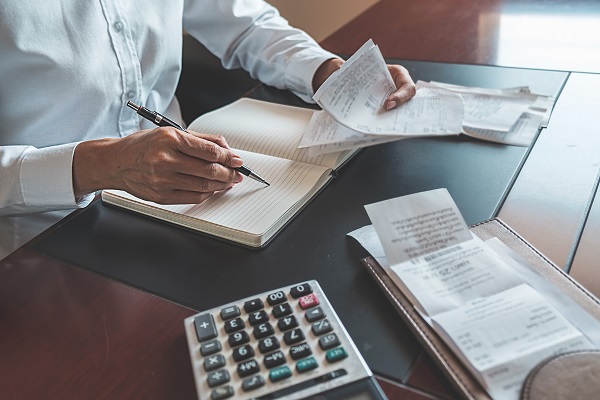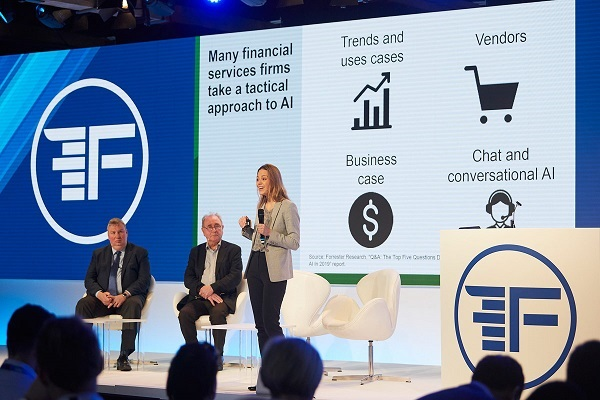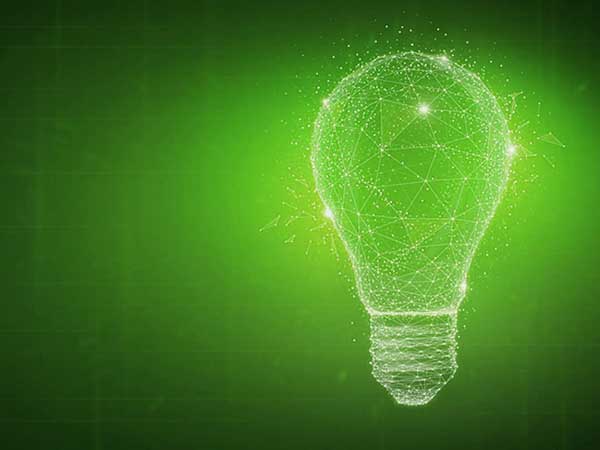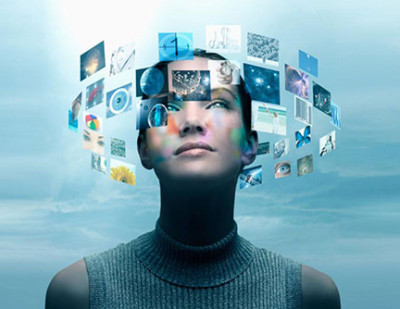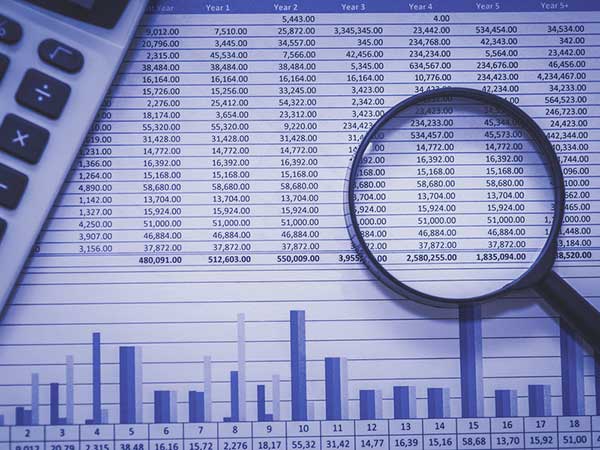Companies want to innovate and release more and more new products faster and faster these days. This has led to machine-to-machine interactions replacing man-to-man interactions. Smart devices such as smart phones, laptops, and tablets have begun to outnumber the world population. Increase of the use of machines due to automation and digital natives possessing more than one smart device has led to the concept of Internet of Things. IPV6’s increase in address space has made the concept of IoT viable, as we can now allocate an IP address to every atom on Earth.
IoT is a paradigm wherein all things, be it humans, electronics, gadgets, animals, equipment or computers, are connected to each other via the internet. This can enable them to transmit and receive data, trigger an action or provide an insight.
The connection between devices, mobiles, machines and things allows a firm to dynamically generate, capture, analyze, communicate and interpret intelligent data, increase operational efficiency, and power new and improved business models. Internet of things can potentially transform every industry to a level which was once thought to be unimaginable. IoT serves as a source for a huge volume of data for analytics to interpret and hence analyze and predict the needs of digital natives.
To illustrate, with all things connected, a fridge at home could send the inventory requirements to your mobile, which will in turn be tracked by a supermarket of your choosing and the shopping cart/trolley could show you the directions to the rack having those items. The supermarket could also process the bill through the cart and bill payment could be done through a smart phone.
Internet of Things and Insurance
Insurance has now moved beyond selling policies. IoT plays a vital role in the digital revolution of insurance industry by capturing as much data as possible and hence helping design customized, unique policies for consumers as per their line of business/needs. Smart devices have become a commodity in this IoT led transformations, changing the infrastructure along with the way of doing business.
IoT has enormous applications in both P&C, and, Life & Health insurance. Smart phones, smart homes, heart implants, wrist bands, connected eyewear help to capture, monitor and consult customers on their health. In addition, the data captured from the industrial equipment, farm land & animals, fleet of vehicles, firms’ infrastructure, supply chain partners, etc. provides trillions of data source points to get a 360 degree view of what is being insured. Internet of Things enable insurers/brokers to control and prevent the loss behavior of insured by lowering claim severity and frequency, accurate risk assessment, improved claim servicing and high customer engagement.
Though most insurers and brokers are using telematics to reshape the auto insurance market for both private and commercial vehicles, it is just the tip of the iceberg. Imagine similar implications not only for vehicles but for every tangible item that the industry insures. Insurers/brokers can now evaluate risk, package coverages, determine price based on real-time information rather than on historical information. Instead of just claim servicing and risk assessments, insurers/brokers now have an opportunity to control loss by proactively suggesting loss avoidance and safety techniques with every type of insurance and offering related services that improve risk management.
Internet of things facilitate insurers and brokers to
– Gain accurate picture of exposures, hazards and risks of what is being insured
– Provide opportunities for feedback and control processes to prevent loss related behavior
– Give more accurate data on pricing factors that insurers are using
– Provide insights into various parts of the insurance value chain such as product design, pricing, underwriting, service and claims.
The value to policyholders is in terms of reduced premiums and other costs of risks, and to insurers is in terms of reduced loss costs and claim expenses. Policies can be adjusted on a day to day basis to fit individual /corporate needs with a sleek and automated experience.
Some of the IoT applications in pipeline are:
Smart building monitoring itself and updating its central information system in real time can notify insurer or broker, its risk profile on daily basis allowing property premiums to automatically adjust by connecting to insurance/broking companies. Access to security systems, sprinklers, and disaster recovery plans provides a much crisper insurance profile than relying on raw building and cost data.
Similarly, a smart fridge sending data on storage and usage of healthy food at home monitoring the consumption levels, refills, etc. could get health insurance discounts. Smart carpets detecting falls, weight and security related information and alerts when the owners are not at home during your vacation. If any break-in, you could get a homeowners insurance break.
To mitigate the loss due to incidents like the 2012 drought in U.S. which was one of the costliest crop insurance events for reinsurers on record, with an uncertain climate, insurers might be interested in such systems (Smart farm equipment or Smart farms) that enable farmers to monitor water-use quotas, set alarms to indicate high/low usage rates, and track crop health data.
Internet of things, connecting anything and everything, takes insurers and brokers to next level in capturing data creating opportunities for the use of big data & analytics. Big data could be much bigger with IoT in place enabling firms to gain holistic view of the customer.

5 steps to lifelong financial security
Money...




